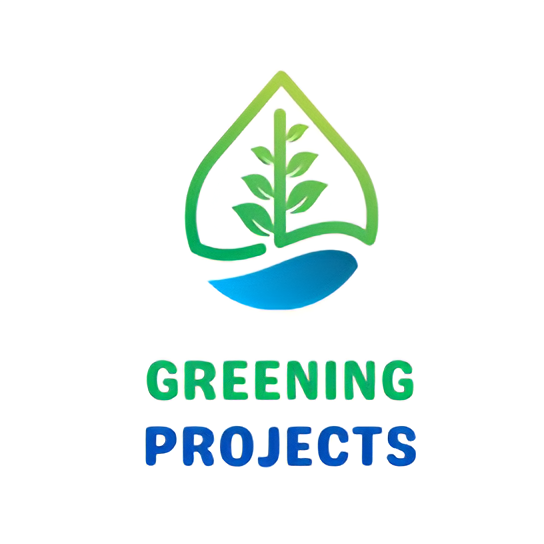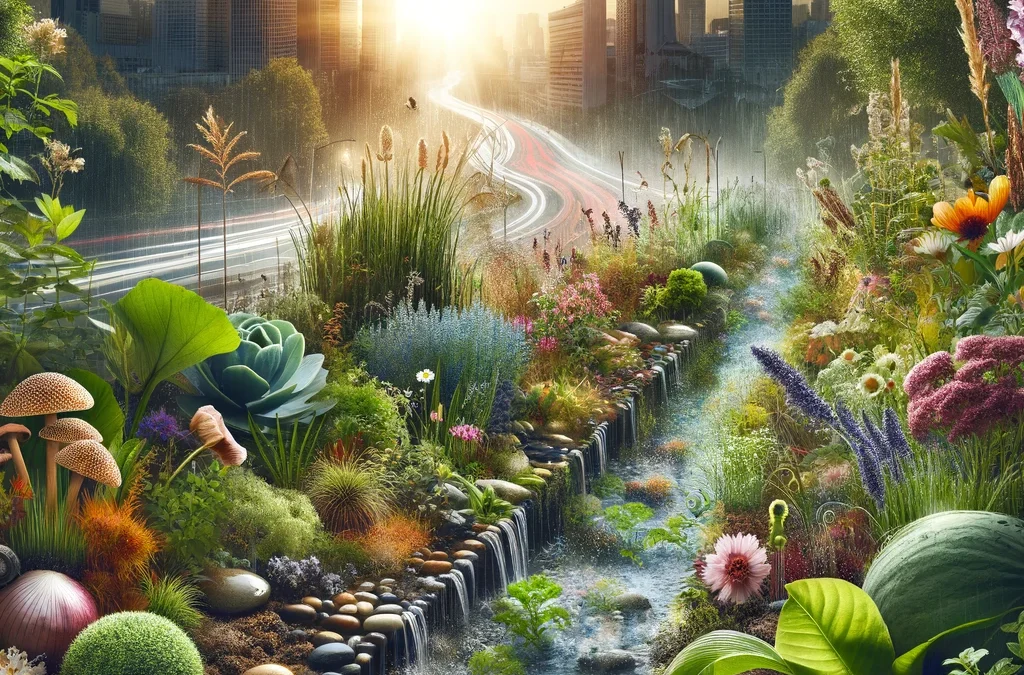Introduction to Rain Gardens
Rain gardens are an innovative approach to sustainable landscaping, combining functionality with environmental stewardship. They are designed to utilize rainwater runoff, creating a vibrant, eco-friendly space. This article delves into why they are an essential feature of modern landscaping.
The Concept of Sustainability in Rain Gardens
Sustainable gardening focuses on creating spaces that contribute positively to the environment. Rain gardens epitomize this by reducing runoff, improving water quality, and fostering natural habitats.
Designing a Rain Garden
Creating a rain garden involves careful planning and understanding of your landscape. Key components include size, depth, and appropriate plant selection to maximize water absorption and support local ecosystems.
Choosing the Right Location for a Rain Garden
The success of a rain garden largely depends on its location. Assessing soil type, sunlight, and proximity to runoff sources ensures its effectiveness and longevity.
Selecting Plants for Your Rain Garden
The ideal plants for rain gardens are native species that thrive in wet conditions and support local biodiversity. They require minimal maintenance and provide natural beauty.
Bernal Projects Awarded 2023 Community Challenge Grants
The Role of Rain Gardens in Water Conservation
Rain gardens play a significant role in water conservation. They manage stormwater runoff, replenish local aquifers, and contribute to a balanced local water cycle.
Rain Gardens and Biodiversity
By attracting local wildlife, rain gardens enhance biodiversity. They provide habitats for birds, insects, and small mammals, creating a thriving ecosystem.
Maintenance and Upkeep of Rain Gardens
Regular maintenance is key to a healthy rain garden. This includes weeding, mulching, and ensuring proper water flow to prevent stagnation and mosquito breeding.
Overcoming Challenges in Rain Garden Design
Addressing common challenges like erosion, plant selection, and adapting to environmental changes is vital in maintaining a sustainable rain garden.
Community Involvement and Rain Gardens
Rain gardens offer excellent opportunities for community involvement and education. They can be used in public spaces to demonstrate sustainable practices and encourage eco-friendly initiatives.
Rain Gardens and Climate Change Mitigation
These gardens significantly contribute to mitigating the effects of climate change. They reduce the risk of floods and urban heat islands, making them valuable in urban environments.
Future Trends in Rain Garden Design
The future of rain garden design is bright, with innovations and technological advancements on the horizon. Adapting to climate change and urban development will shape future designs.
Getting Started with Your Rain Garden
A rain garden project begins with thorough planning and an understanding of your local environment. Seeking expert advice and utilizing available resources can set you on the right path.
Conclusion: The Future of Rain Gardens and Sustainability
Rain gardens represent a harmonious blend of aesthetics and ecology. As a sustainable landscaping solution, they offer numerous environmental benefits while enhancing beauty.

